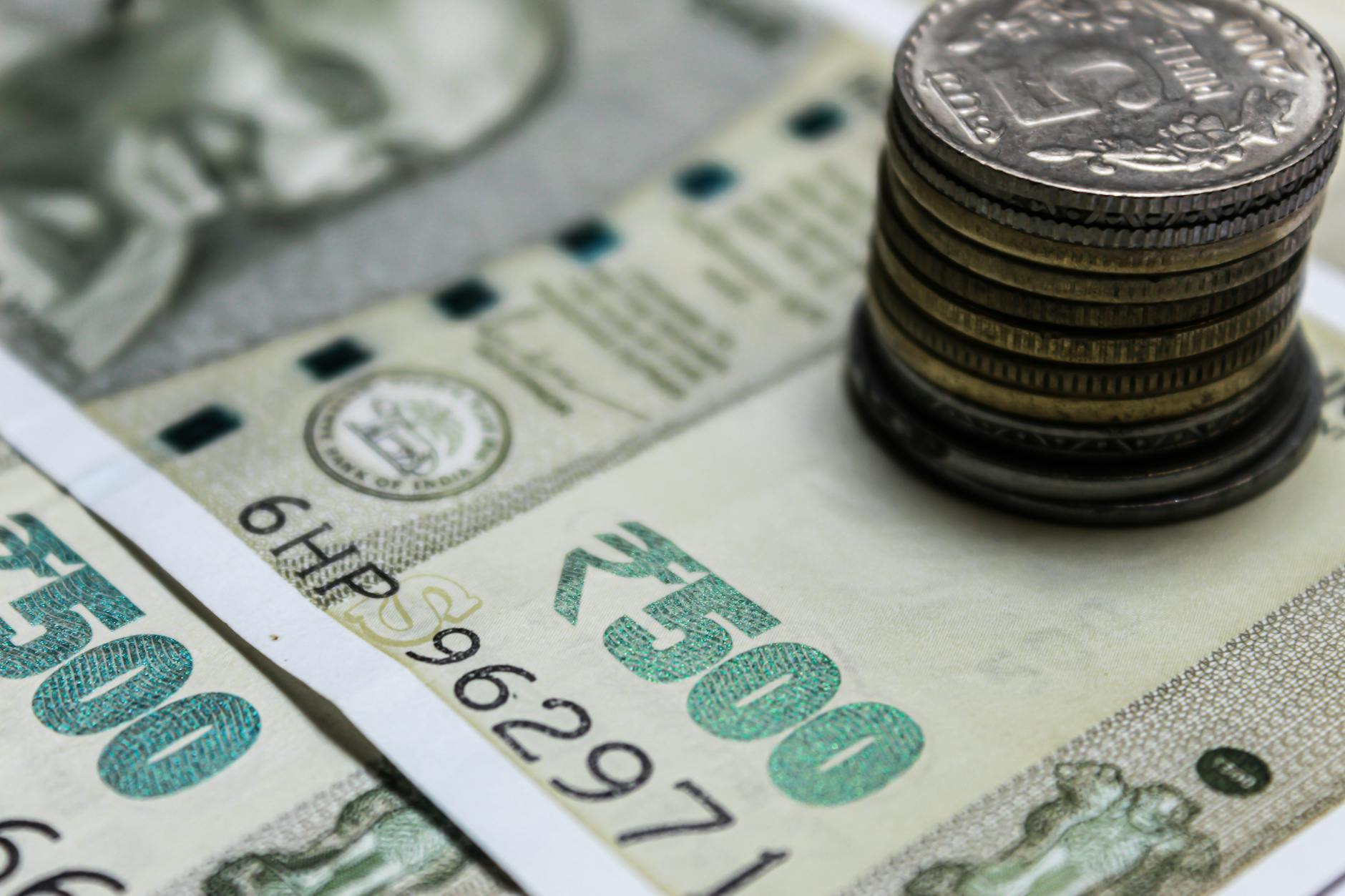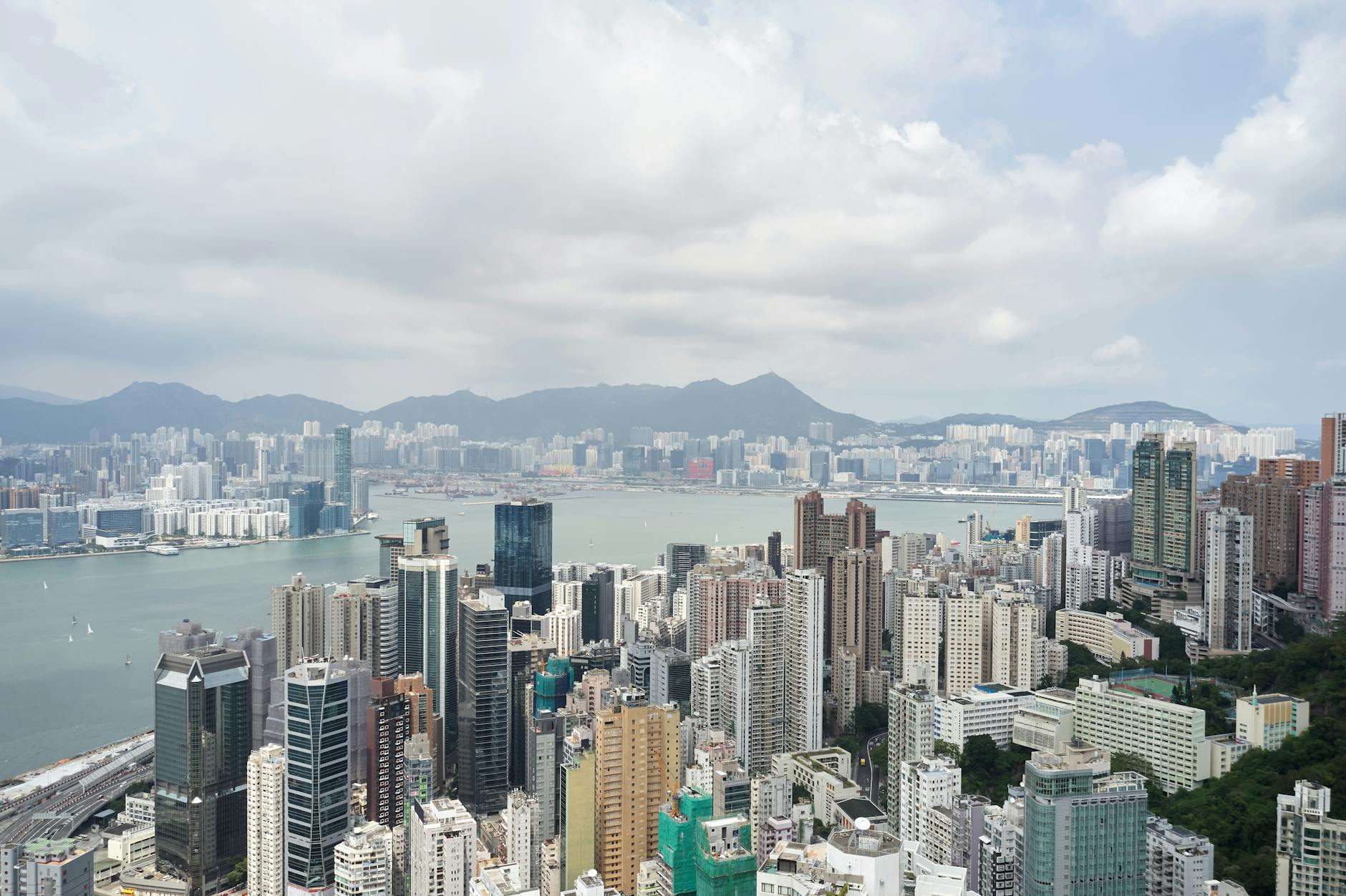Can High Interest Rates and Sustainability Coexist in Australia's Banking Sector?

Basics of High Interest Rates
Definition of High Interest
In the thriving financial landscape of Australia, a high interest rate primarily refers to a savings account offering a notably higher return on deposits compared to standard accounts. When you opt for a savings account promising a high interest savings rate, you're essentially ensuring your money works diligently for you. It's like harnessing the power of the bustling Melbourne Royal Botanic Gardens, where the ecosystem flourishes with minimal intervention—your money grows the same way.
How Rates Affect Savings
Interest rates have a profound impact on how rapidly your savings accumulate. If we look at the mechanics, every percentage increment in the interest rate adds a layer of potential growth to your funds. It compels you to rethink strategies around simple and compound interest. For instance, embracing a joint bank account might reduce expenses by combining resources, although its interest rates might differ compared to individual accounts. The capability to open a joint bank account online adds convenience to this financial strategy.
Current Trends in Australia
Presently, the trend in Australia reflects a keen interest in ethical banking, akin to the surge in environmentally-conscious shops in Fitzroy. Many individuals are now seeking accounts that align with both their financial goals and their desire for sustainable practices. Understanding these trends can help you determine the best savings route, maximizing both financial returns and ethical satisfaction. This dual focus mirrors Melbourne's commitment to sustainability initiatives while promoting growth.
Understanding Sustainability in Banking
What Sustainability Means
In our Melbourne community, sustainability has become a key focus, affecting various sectors, including banking. At its core, sustainability in banking involves practices that are environmentally conscious and socially responsible, aligning with the values of eco-friendly development. For instance, local institutions might support initiatives like those at Federation Square, promoting green strategies and reducing carbon footprints.
Banking Sector's Role
Banks play a pivotal role in advancing sustainability. They influence the direction of businesses and investments by choosing which projects to fund. Institutions committed to sustainability often support green technology and eco-friendly projects. This can range from financing solar panel installations to backing eco-conscious shops in Fitzroy. It's a way for banks to ensure that their financial services contribute positively to the environment while catering to the needs of the community.
Benefits for Consumers
Choosing a sustainable banking option offers several benefits to consumers. Not only does it align with personal values, but it can also offer competitive financial products. For those curious about how to open up another savings accounts or how to set up a bank accounts online, these banks typically provide user-friendly digital platforms. Such banks often focus on transparency in financial dealings and may offer unique savings accounts that contribute to environmental projects. Understanding what is a savings accounts in this context can help you make informed decisions that support both personal finance goals and the planet's wellbeing.
Understanding Potential Conflicts
Navigating the world of banking, especially when it involves sustainability and interest rates, is like walking a tightrope. Imagine you’re enjoying the lush greenery at the Melbourne Royal Botanic Gardens, and you spot two paths ahead. One promises attractive returns, and the other assures a sustainable future, both appealing but inherently different. This is the essence of the conflict between earning high returns and pursuing green banking practices.
Choosing a high yield interest savings account is often seen as a means to boost savings efficiently. Yet, many high-yield options are offered by institutions that may not align with ecological goals. This juxtaposition creates a challenge. Sustainable banks prioritize eco-friendly investments, but they might not offer the most competitive rates. This can be frustrating if you're looking to grow your savings rapidly.
If you're pondering what is interest on a savings accounts, know that it’s the reward for the money parked in your account, influenced by various factors including the bank's policies and market conditions. However, balancing rewarding interest rates with sustainable practices can sometimes be tricky.
In the heart of places like Fitzroy, known for environmentally-conscious shops, people are continuously seeking ways to integrate sustainability into daily life, including banking decisions. It’s essential to consider not only the interest rates but also how banks contribute to sustainability efforts. The focus should be on finding a harmonious middle ground that supports both financial growth and environmental health.
Strategies for Consumers
Choosing Sustainable Banks
When considering where to open bank accounts online, it’s vital to find a bank that aligns with eco-friendly values. Look for institutions that fund green projects, use renewable energy, and promote sustainability in their operations. Such banks often support local initiatives like the environmentally-conscious shops in Fitzroy. Aligning with these banks not only supports the cause but often comes with the benefit of innovative banking solutions tailored to sustainability-conscious clients.
Maximizing Interest Benefits
Finding a bank that offers a competitive bank accounts interest rate can significantly enhance your savings. Many green banks offer attractive rates as they seek to draw sustainability-minded customers. To make the most of these rates, consider automating your savings so a portion of your earnings is directed toward your savings account regularly. This ensures you consistently grow your savings while benefiting from compounding interest over time.
Evaluating Account Options
Navigating the array of bank account options can be daunting, but understanding green banking-related benefits can simplify decisions. Start by assessing the features offered by different accounts, such as no monthly fees, interest rate tiers, or flexible usage terms. Some accounts might even provide rewards for using eco-friendly products or services. By evaluating these factors, you can choose an account that supports your sustainability goals while bolstering your financial future.
FAQs
Tackling Popular Concerns
Navigating the intricate relationship between high interest rates and sustainable banking can be a bit like strolling through the Melbourne Royal Botanic Gardens. With every step, there's something new to discover. Many of you have asked whether sustainable banks can truly provide competitive interest rates. The answer is yes, they often can, though it requires careful consideration of the institution's commitment to sustainable practices. Research thoroughly—think of it as exploring Fitzroy's eco-friendly shops—and always ensure that your chosen bank is a certified institution.
Demystifying Financial Terminology
Understanding banking terms is crucial, especially when they seem like a foreign language. Terms like 'carbon footprint' or 'ethical investment' might appear complex, but in the context of banking, they're about choosing where your money has the greatest positive environmental impact. For instance, banks supporting sustainable initiatives, much like those seen at Federation Square, are likely focusing on reducing their environmental impact. By aligning with such institutions, you contribute to a greener planet. Consider using automated services to stay informed about your finances and monitor your accounts' environmental impact.
Insights for Future Financial Planning
When planning your financial future, it's essential to think long-term. Start by evaluating the long-term benefits of investing in sustainable financial products, which can sometimes offer even higher returns. Imagine walking the path of innovation and sustainability, breathing fresh air into your financial planning strategies. Utilizing tools like make money fast responsibly can help you achieve your sustainability goals. Look for banks that not only advertise sustainability but also have a transparent track record of their sustainable initiatives. This way, you support a greener future while possibly benefiting from higher interest rates. And remember, the journey to sustainable banking is like the weather—it constantly evolves, so staying informed and adaptable is key.


